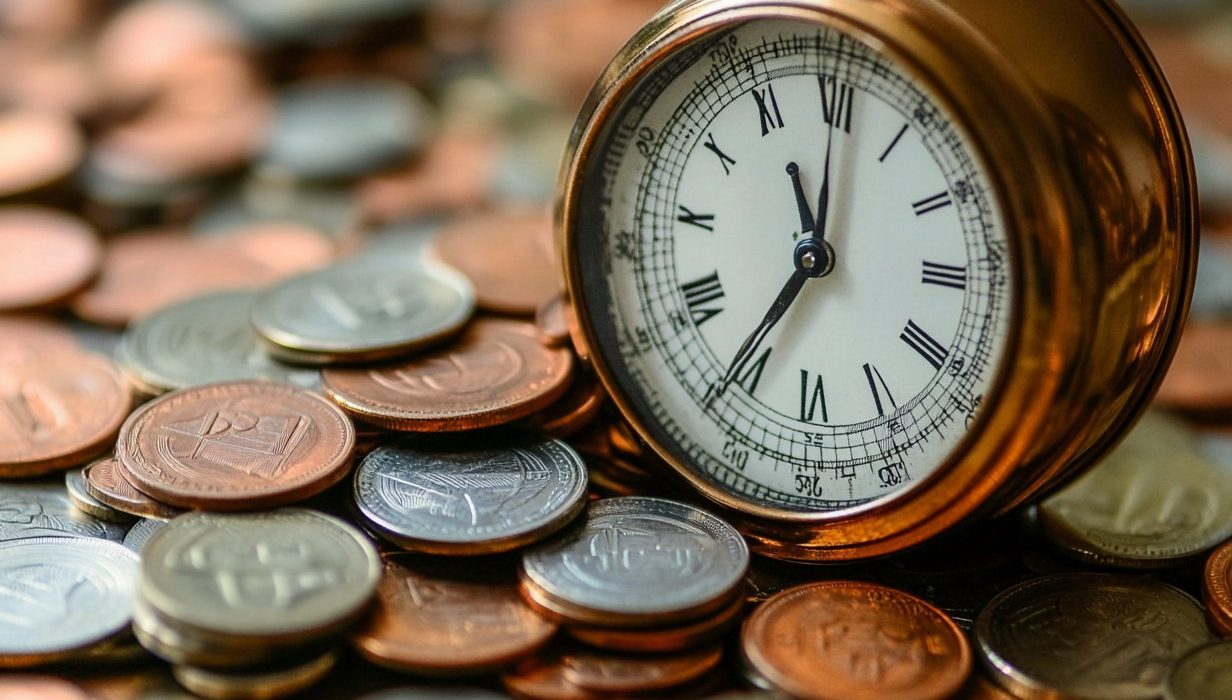With the Treasuring Department’s plans to stop the production of pennies, the public might be wondering what this means for their giant coin collection at home.
Payments made with cash by American consumers decreased to 16% in 2023, according to the Federal Reserve, and for the first time in history was not the most-used instrument for smaller-value payments of $25 or less.
In February, President Donald Trump announced that he had ordered his administration to cease production of the penny, which costs almost 4 cents to create, according to the U.S. Mint. Ending penny production is expected to create an immediate annual savings of $56 million in reduced material costs.
The news has caused some pushback as fans of the penny cite its usefulness in charity drives and relative bargain in production costs compared with the nickel, which costs almost 14 cents to mint.
Circulation pathways for coins have declined as consumer coin jars continue to grow and have expanded by as much as 15% to 20%, according to a 2023 Federal Reserve report. In fact, the median household sits on $60 to $90 in coins which is the equivalent of one to two 16-ounce cups or a medium-sized piggy bank.
This is mostly due to the lack of utility of coins as a payment option as digital payments have grown since the COVID-19 pandemic, the Federal Reserve added.
“When asked why consumers do not redeem their coins more frequently, the most common answer was that it was not worth the effort to do so,” the institution’s report reads.
Rather than collecting dust, consumers could visit a coin exchange kiosk or bank to trade those coins for cash.
“People underestimate the value of their jar by about half,” Kevin McColly, CEO of Coinstar told Delaware Online. “It’s a wonderfully pleasurable experience. People have this sensation of found money.”
The coins can also be recyclables that can be reused in the monetary system, which lessens the amount of coins the Mint would have to create, McColly added.
Those are just natural resources coming out of the Earth,” he told Delaware Online adding that copper-plated zinc is used for pennies while copper-nickel alloys are for nickels, dimes and quarters.
When consumers pour their change into the Coinstar kiosk, there’s sometimes a small fee that can be waived if the depositor decides to trade in coins for a retail gift card rather than cash. Customers can also donate to their preferred charity, according to the company’s website.
Another option is exchanging coins at no cost by visiting a bank.
“You can go to your own bank or credit union and not pay any fee,” Personal Finance Expert at Nerdwallet, Kimberly Palmer told Delaware Online. “I think that a lot of people probably do have hidden coins stashed around their home, and it can be worth their time to go and collect them.”
Some pennies could be worth millions, including certain Wheat pennies valued at $2.3 million.







